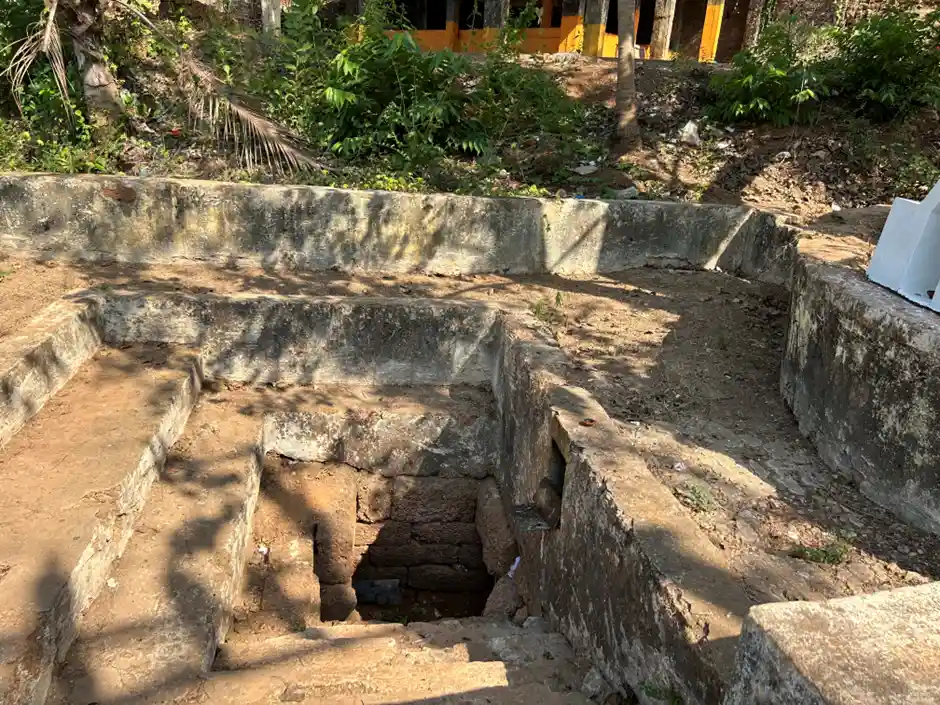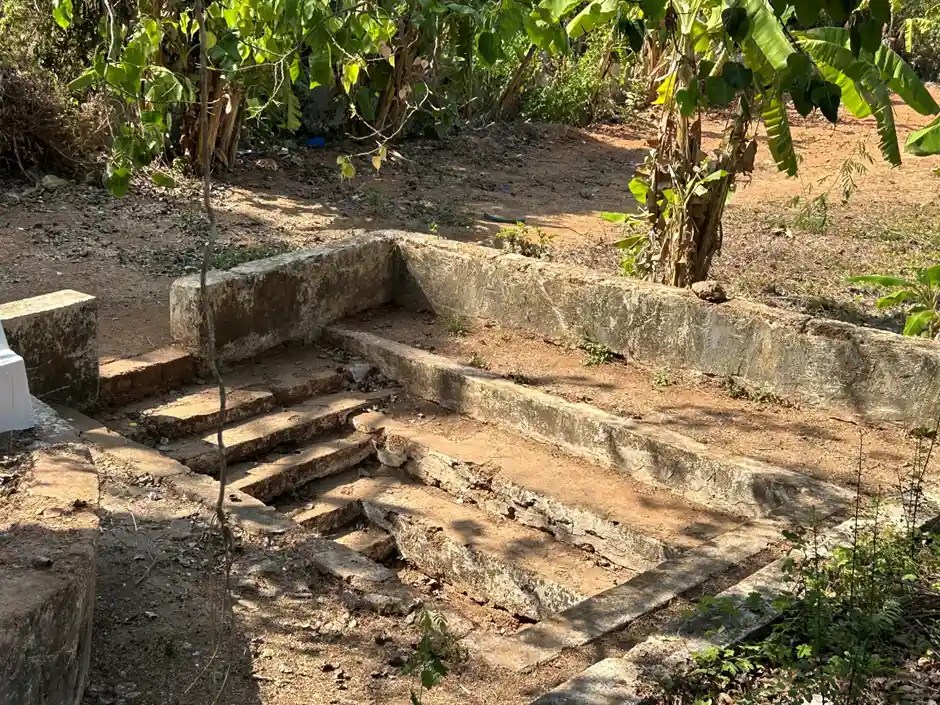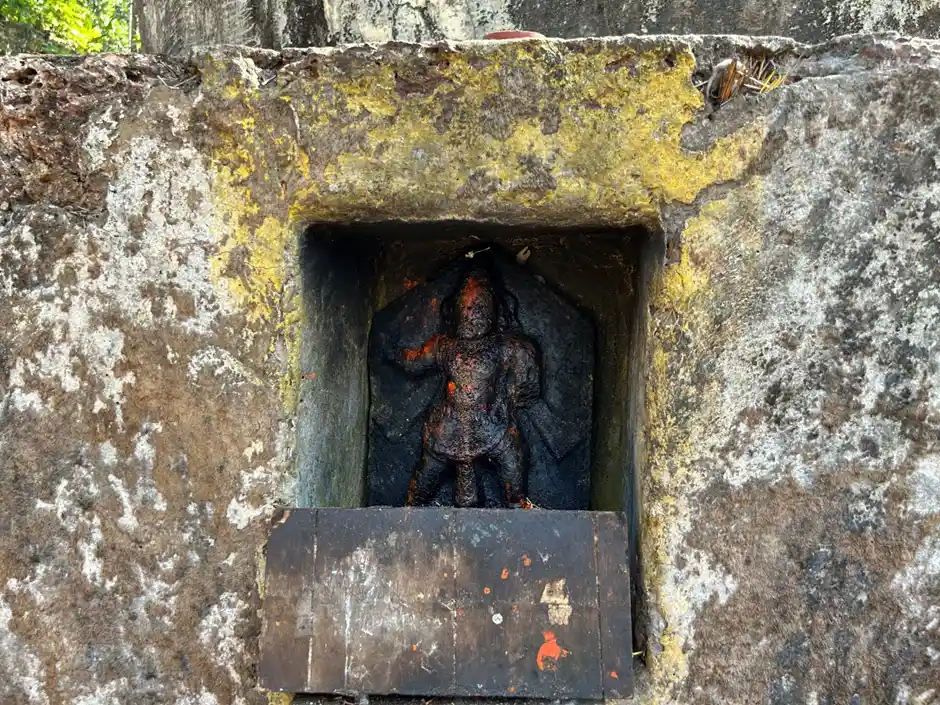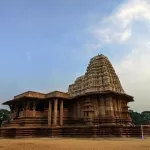Brahmapuri, Some self-proclaimed historians claim that the Portuguese introduced formal education to Goa, portraying it as an uncivilized land before their arrival. However, this narrative is nothing more than a “white lie.” In reality, Goa had a well-structured education system long before the Portuguese set foot on its soil. Unfortunately, subsequent invasions disrupted and ultimately dismantled this system.
In ancient Goa, primary education was offered at the village level, while specialized education was provided in institutions known as “Brahmapuris.” These centers of learning can be seen as precursors to modern universities and colleges.
ALSO READ: Lakshman Rekha: A Divine Boundary with Consequences
Village temples played a dual role as places of worship and hubs of education. Children were taught essential skills like reading, writing, and arithmetic, often in the temple’s mandapa near the main entrance or in the spacious hall of a renowned teacher’s home.

The Legacy of Brahmapuri
Goa’s educational system reached its zenith during the Kadamba dynasty. The kingdom’s capital featured a dedicated area called “Brahmapuri,” established exclusively for higher education, signifying the importance of learning during this era.
A copperplate inscription from 1106 AD, deciphered by G.H. Kare, reveals that Gandagopaal Kelivarma, whose family served the Kadamba dynasty for three generations, constructed a tank and established a Brahmapuri during the reign of Kadamba King Tribhuvanamallu Ambarra (also known as Guhaladeva III).
This Brahmapuri comprised a temple and three residences, which housed twelve Brahmin families tasked with educating students. The temple featured a vigraha (idol) of Saraswati, the goddess of knowledge and education, symbolizing its dedication to learning.
Brahmapuris served as centers of learning where subjects such as astronomy, astrology, medicine, the Vedas, and Vedanga were taught. The establishment of a Brahmapuri, along with the Saraswati temple, highlights the monarch’s commitment to promoting education among the people.
The Rise, Fall, and Resilience
Historian Anant Sinai Dhume suggests that Brahmapuri was located in Vodlem Goem, now known as Goa Velha. However, other historians, like Rui Gomes Pereira, believe it was situated in Ella, near the present-day Gomantkeshwar temple.
Historical records reveal that Govapuri faced multiple invasions, leading to the repeated destruction of Brahmapuri. Malik Kafur, commander of Allauddin Khilji, destroyed Brahmapuri during his assault on Govapuri. Later, in 1356 AD, Madhava Mantri, a leader of the Vijayanagara kingdom, undertook its renovation. However, around 1779 AD, Portuguese Viceroy Frederico Guilherme D’Souza, acting on the orders of the Queen of Portugal, destroyed it once again.

The Goveshwar Shivling, now worshipped in Ella, is believed to date back to 1947. Situated near a water tank known as Madhav Tirth, this site is presently referred to as Ancient Brahmapuri Kshetra.
Both Islamic and European invaders not only destroyed Brahmapuri and similar institutions. But also caused significant damage to the region’s cultural and educational systems.


